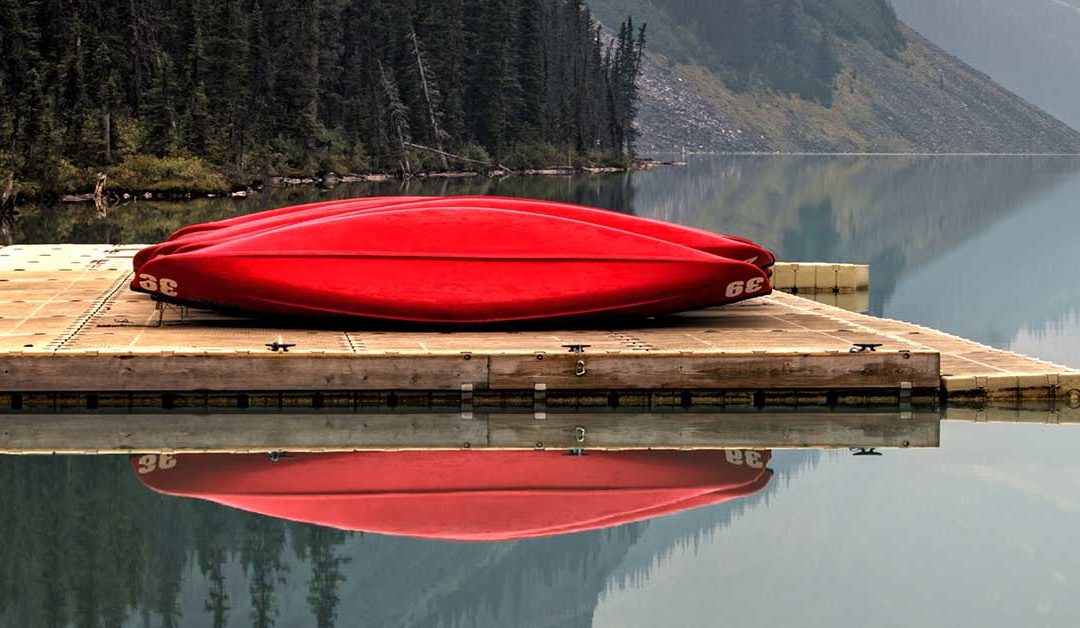Do you live lakeside or oceanside? If so, you know the feeling of being always surrounded by peace and magnificent views. At Dockside Power, we want to make sure you’re able to take in as much as possible. To get the most out of the scenery, you should consider taking advantage of floating dock. We also specialize in a marine power pedestal, Hollywood.
Floating vs. Stationary
- Floating
- Plug and Play: easy and quick installation/assembly.
- Practical: perfectly adjusts to different water levels caused by tides and/or seasonal variations, floods, droughts, and makes it easy for you to hop on and off of your watercraft.
- Maintenance-free: 100% high-density polyethylene = 100% recyclable.
- Fully configurable and adaptable: can be anchored in any body of water and attached to any existing structure, no matter the conditions, and allows you to add and remove new sections easily, or to change its shape and usage completely.
- Durable: robust, resistant to pollution and ultraviolet rays, guaranteed for 20 years.
- Stationary
- Potential savings according to the model chosen (e.g., a stationary aluminum dock).
- Stability: the dock rests on the ground in the water, making it a stable place where you can relax.
- High potential to create a complementary extension of your residential building.
- Stationary: a variable gap between the height of the dock and the water level can compromise its use if the water is too low or too high.
- If the water level varies too much, stepping on and off the dock from your watercraft might be difficult.
The Top Benefits of a Floating Dock
- Boarding and Disembarking
- As the name implies, floating docks are flexible, rising and falling with water level changes, just as the boats moored to them. The elevation of the dock and the boat’s deck remain relatively the same, which makes boarding and disembarking a simple matter of stepping from one to the other.
- Fixed docks, on the other hand, are permanently fixed to the water bottom, and do not fluctuate with the water level. Coastal areas, where tidal variations are the norm, have water levels that constantly ebb and flow, and many times a fixed dock will have a markedly different elevation than the boat’s deck. Boarding and disembarking in these conditions can be difficult and potentially dangerous.
- Expandability
- Floating docks can be moored by piles, poles embedded in the water bottom, or by anchors. They require fewer pilings than fixed docks. Floating docks are easier to lengthen, or be added on to, because they do not rely on piling. Anchors can be easily reset, and fewer piles need to be pulled or driven into the water floor. Floating docks, moored by anchors, can also be placed further out in the water, becoming floating platforms for swimmers, and sunbathers.
- Hurricane Safety
- Hurricanes hit many coastal areas yearly. The docks’ buoyancy, along with the boat’s movements, allows the boat to rise and fall, which keeps it harbored. Many marinas that have experienced a hurricane are opting to rebuild using floating docks with tall pilings instead of fixed docks that can result in badly damaged boats.
Contact Us
We are experts when it comes to floating docks, and you can trust our advice. Call or visit the best in Hollywood, Dockside Power, today for more information. We also offer a marine power pedestal!

